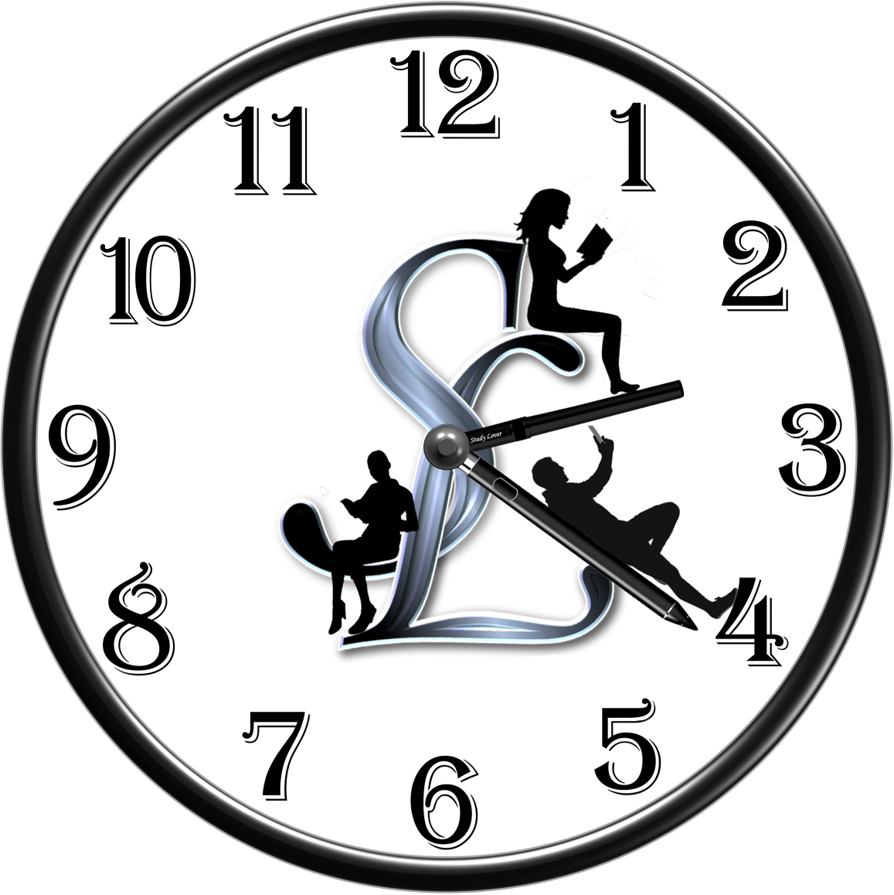Basic data types, also known as primary or fundamental data types, are the core building blocks for storing data in C. They are predefined by the language and are used to represent single values like numbers and characters.
int
(Integer)
The int data type is used to store whole numbers, both
positive and negative, without any decimal part.
· Purpose: Storing integer values like age, roll numbers, or counts.
· Size: Typically 4 bytes (32 bits), but this can vary by system.
·
Format
Specifier: %d
Example:
C
#include <stdio.h> int main() { // Declaring an integer variable int year = 2025; // Declaring another integer for a negative value int temperature = -5; printf("The current year is: %d\n", year); printf("The temperature is: %d degrees Celsius\n", temperature); return 0;}char
(Character)
The char data type is used to store a single character, such
as a letter, a digit, or a special symbol. The character must be enclosed in
single quotes ('). Internally, characters are stored as integers based
on the ASCII character set.
· Purpose: Storing single characters like a grade, an initial, or a symbol.
· Size: 1 byte.
·
Format
Specifier: %c
Example:
C
#include <stdio.h> int main() { char grade = 'A'; char symbol = '$'; printf("The student's grade is: %c\n", grade); printf("The currency symbol is: %c\n", symbol); // Demonstrating the integer nature of char printf("The ASCII value of '%c' is %d\n", grade, grade); return 0;}float and
double (Floating-Point)
float and double are used to store real numbers (numbers with a
decimal point). The main difference is their precision and size.
·
float: For single-precision floating-point numbers. It has
about 6-7 digits of precision.
o Size: 4 bytes.
o Format Specifier: %f
·
double: For double-precision floating-point numbers. It
offers much higher precision (about 15-16 digits) and is generally preferred
for real-number calculations.
o Size: 8 bytes.
o Format Specifier: %lf
Example:
C
#include <stdio.h> int main() { // Use 'f' suffix for float literals float price = 499.99f; double pi = 3.1415926535; printf("The price is: %f\n", price); printf("The value of PI is: %lf\n", pi); return 0;}Type Modifiers
These keywords are used to modify the properties (like size or sign) of the basic integer and character types.
·
short, long: Affect the size of the data type. long int can store larger integers than a plain int.
·
signed, unsigned: Determine if the variable can hold negative values.
By default, types are signed.
An unsigned
int can only store non-negative
values (0 and positive), allowing it to hold a larger maximum positive value
compared to a signed
int of the same size.
|
Modified Type |
Description |
|
|
Stores only non-negative integers. |
|
|
Stores a larger range of integers. |
|
|
Provides
even greater precision than |
|
|
Stores character values from 0 to 255. |
The void Type
The void type is a special-purpose type that has no value. It
is primarily used in two scenarios:
1. Function Return Type: To specify that a function does not return any value.
C
void printMessage() {
printf("This function does not return a value.\n");}2. Generic Pointers: To declare a generic pointer (void *), which is an advanced concept.
